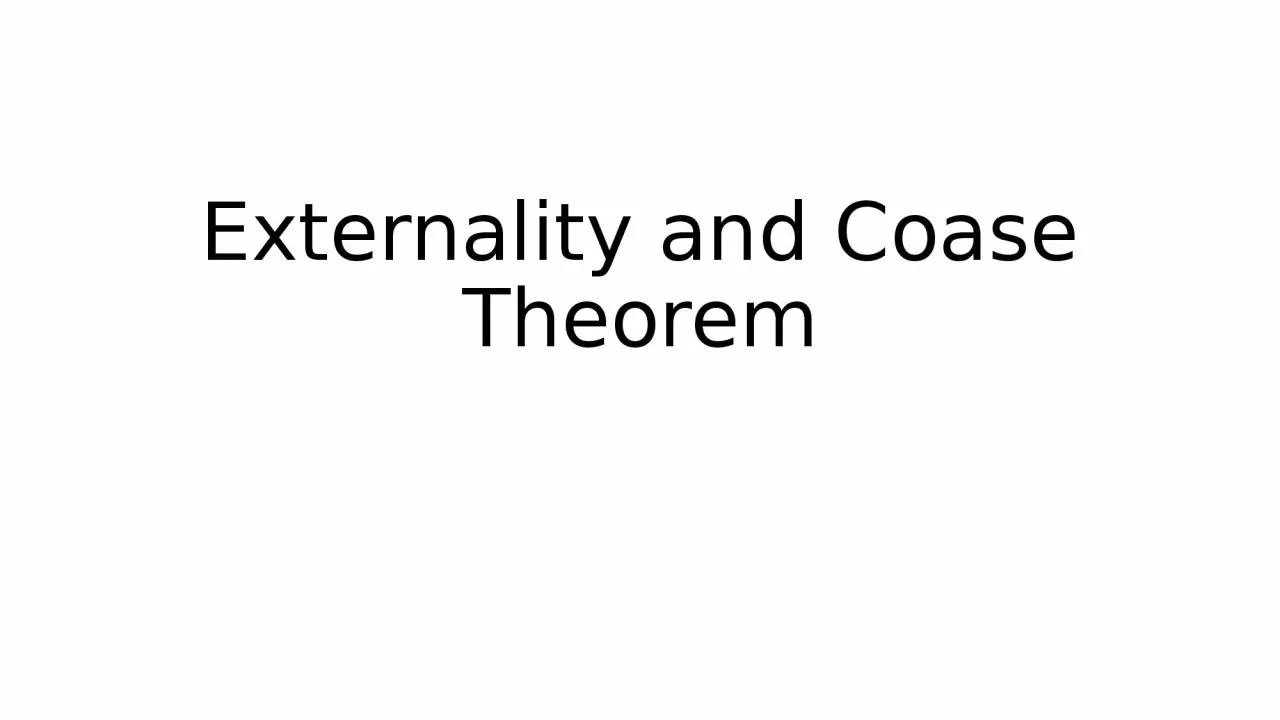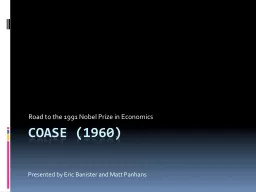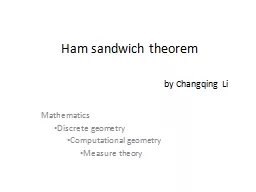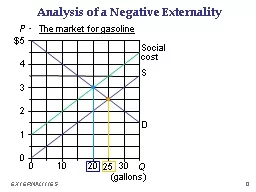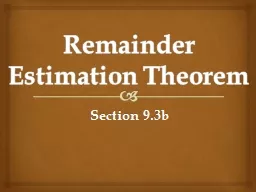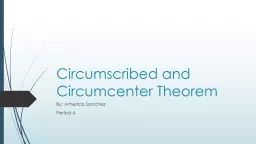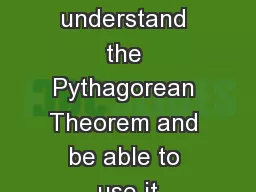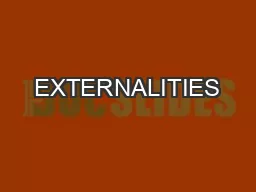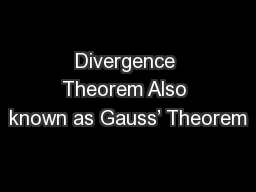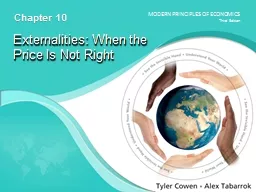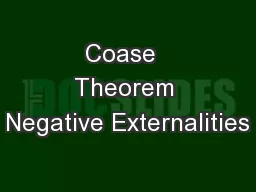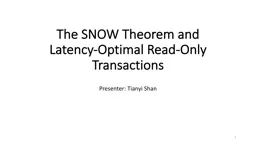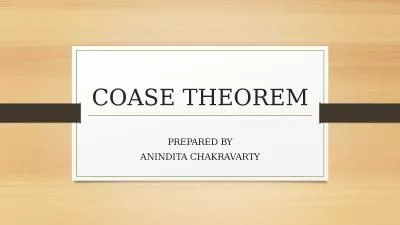PPT-Externality and Coase Theorem
Author : margaret | Published Date : 2023-10-31
Externality An unintended cost or benefit created for a third party as a result of a transaction This cost or benefit is unintended and uncompensated Positive
Presentation Embed Code
Download Presentation
Download Presentation The PPT/PDF document "Externality and Coase Theorem" is the property of its rightful owner. Permission is granted to download and print the materials on this website for personal, non-commercial use only, and to display it on your personal computer provided you do not modify the materials and that you retain all copyright notices contained in the materials. By downloading content from our website, you accept the terms of this agreement.
Externality and Coase Theorem: Transcript
Download Rules Of Document
"Externality and Coase Theorem"The content belongs to its owner. You may download and print it for personal use, without modification, and keep all copyright notices. By downloading, you agree to these terms.
Related Documents

